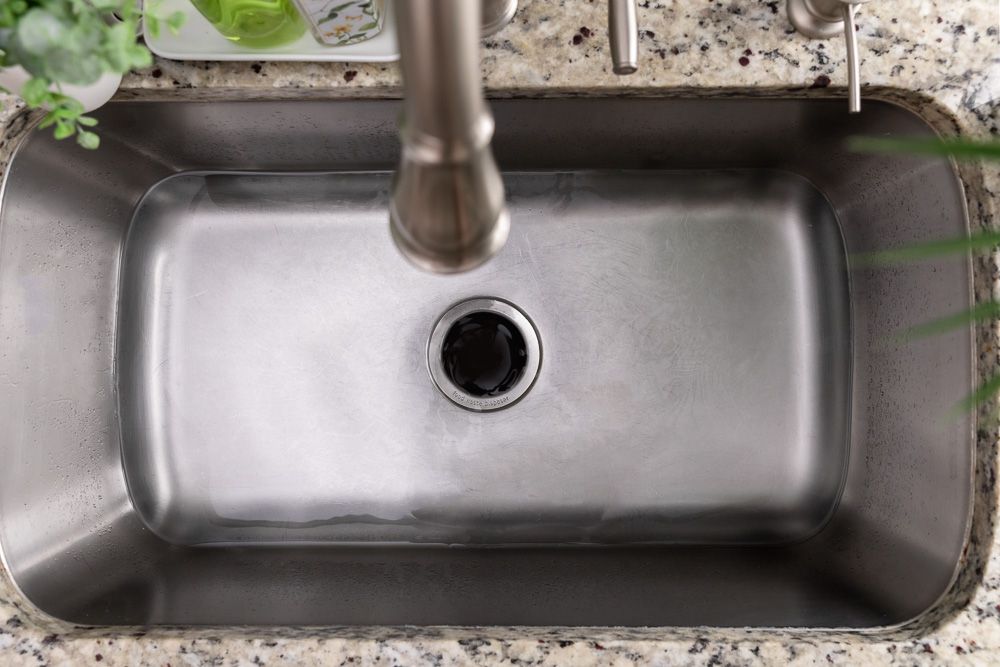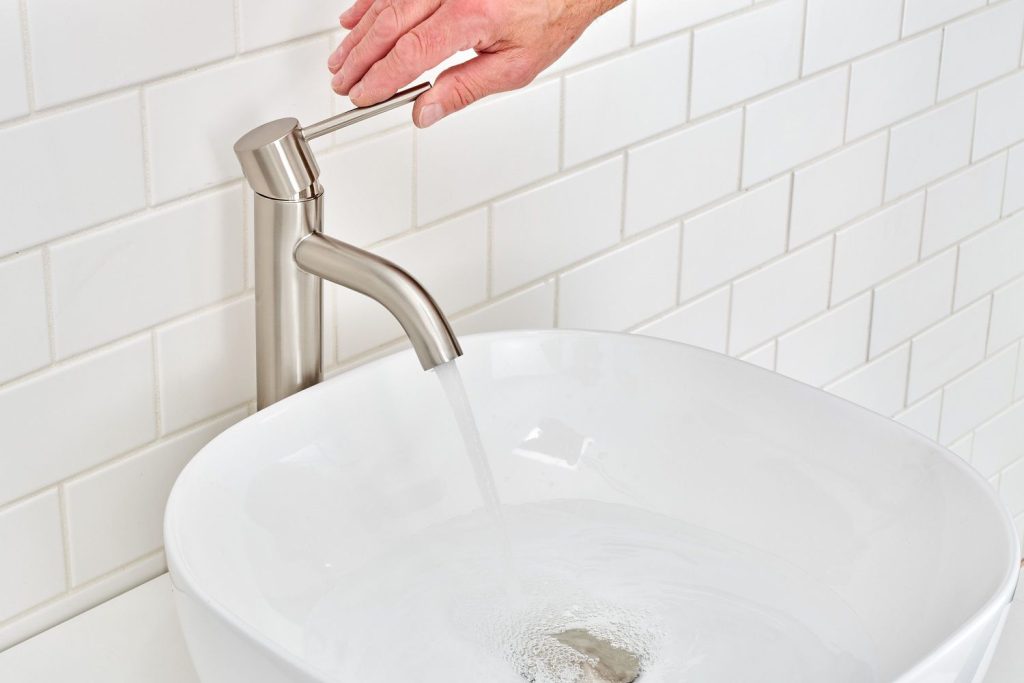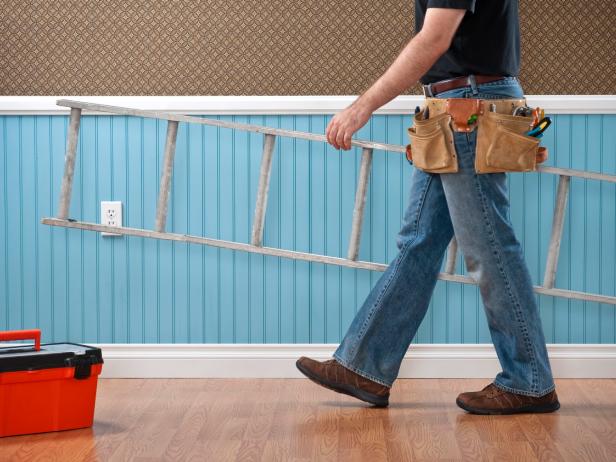Dealing with plumbing problems can be a real headache, especially when it comes to your ADU (Accessory Dwelling Unit) or JADU (Junior Accessory Dwelling Unit). Whether it’s a leaky faucet, a clogged drain, or a mysterious water stain on the ceiling, these issues can disrupt your daily life. But fear not! Troubleshooting common plumbing problems in your ADU or JADU doesn’t have to be a daunting task. In this guide, Concept Design & Develop INC will walk you through some practical tips and solutions in a friendly, conversational tone, so you can tackle these issues with confidence and keep your ADU or JADU running smoothly.
Dripping Faucets:
The dreaded dripping faucet – it’s that persistent, rhythmic sound that can drive anyone up the wall. But fret not, fixing it is easier than you might think. Most of the time, that annoying drip is caused by a worn-out washer inside the faucet. Here’s how to tackle it: First, turn off the water supply to the faucet. Next, grab your trusty toolbox and disassemble the faucet carefully. You’ll likely need a wrench and some pliers for this. Once it’s taken apart, locate the rubber washer. If it looks damaged or old, that’s likely the culprit. Replace it with a new one, reassemble everything, turn the water back on, and voila! Your faucet should be drip-free and your sanity intact. Remember, a little DIY can save you from a big water bill and a lot of annoyance.
Low Water Pressure:
Feeling like your showers are more of a gentle sprinkle than a proper rinse? Low water pressure can be a real mood-killer. But before you start imagining expensive plumbing bills, let’s troubleshoot this together. First, check if the low pressure is happening in just one faucet or all over the ADU/JADU. If it’s one faucet, it could be a clogged aerator. Unscrew the aerator (that meshy thing at the end of the faucet), rinse it out, and put it back on. That might do the trick. If it’s a widespread issue, it could be a bigger problem, like a hidden leak or sediment buildup in your pipes. In that case, it might be time to call in a professional plumber to work their magic and get that water pressure back to where it should be.

Clogged Drains:
Clogged drains, they’re like the unwanted guests that just won’t leave. But fear not, you can tackle this common plumbing woe without too much hassle. First off, reach for a plunger – it’s your trusty sidekick in this battle. Place it over the drain, give it a few good plunges, and that might clear the blockage. If it’s a sink, you could try removing the P-trap underneath (that U-shaped pipe) and clean it out. If plunging and P-trap adventures don’t do the trick, choose the right plumbing fixtures such as a drain snake or a coat hanger (straightened out, of course). Insert it into the drain, twist, and pull out whatever’s causing the blockage. And if all else fails, you might need a little chemical help with a drain cleaner, but be cautious and follow the instructions carefully. With these tricks up your sleeve, you’ll have those drains flowing smoothly again in no time.
Running Toilets:
- Constant Water Flow: A running toilet is basically a toilet that won’t stop filling up after you flush it. It’s like the never-ending waterfall in your bathroom.
- Annoying Sound: That constant “hissing” or “whooshing” sound is not only irritating but can also be a real water waster.
- Higher Water Bills: One of the most immediate impacts of a running toilet is your water bill. You’ll see it creeping up, and you know it’s not because you’ve suddenly become a water-loving shower singer.
- Potential Damage: If left unchecked, a running toilet can potentially cause damage to your bathroom floor and even seep into your ceiling below.
- Worn-out Flapper: Often, the culprit behind this watery mess is a worn-out flapper valve. It’s the rubbery thing at the bottom of the tank that seals the water in. Over time, it can deteriorate or get misaligned, causing a constant leak.
- Float Problems: The float, that buoyant thing on the other end of the chain connected to the flapper, can also malfunction. If it’s set too high, it might not shut off the water when the tank is full.
- Overflow Tube Issues: Sometimes, the overflow tube can get bent or damaged, preventing the proper filling and flushing of the toilet.
- Fixing It: Fortunately, fixing a running toilet isn’t rocket science. You can often solve the problem by adjusting the float, replacing the flapper, or checking for any kinks or damage in the supply line.
- DIY or Pro Help: Depending on your handyman skills, you might be able to tackle this issue on your own with a trip to the hardware store. If you’re not confident, a plumber can quickly get your toilet back in order.
- Conservation: Remember, fixing a running toilet isn’t just about stopping an annoying sound or saving on your water bill. It’s also about conserving water, which is essential for the environment. Every drop counts!
Leaking Pipes:
Leaking pipes can be a homeowner’s nightmare, but don’t panic – there are steps you can take to address this issue. First, turn off the water supply to the affected area or the entire house if necessary to prevent further damage. Next, locate the source of the leak. It might be an obvious crack or hole, but sometimes it’s a bit more hidden. Dry the area and use a piece of tissue or paper towel to pinpoint the exact spot where water is escaping. Once you’ve identified the source, you can temporarily patch it up with plumber’s epoxy or a pipe clamp if the damage is minor. However, it’s usually a good idea to call a professional plumber to assess the situation and make a permanent repair, as DIY fixes might only be a temporary solution. Importance of proper plumbing, proper plumbing maintenance and repairs are essential to prevent such issues from recurring, safeguarding your home and avoiding costly damage.

Hot Water Problems:
Hot water problems – they have a knack for showing up right when you’re looking forward to a soothing shower. But let’s get that warmth back in your life. First, check your water heater. Is it on? Sometimes the simplest solutions are the best. If you have a gas water heater and it’s not lighting up, try relighting the pilot light following the manufacturer’s instructions. For electric heaters, ensure they’re receiving power. If your water heater seems fine but you’re still shivering, it might be a thermostat issue. Adjust it to a higher temperature and give it some time to heat up. If none of these tricks work, it’s probably time to call in a pro – they can diagnose and fix the problem efficiently, so you can enjoy those warm showers again without the stress.
Foul Odors:
Foul odors from your drains or pipes – they can really put a damper on the ambiance in your home. But let’s clear the air, shall we? Start by pouring a mixture of baking soda and vinegar down the offending drain. This fizzy combo can help eliminate odors caused by buildup and bacteria. After about 15 minutes, flush it with hot water. You can also try using a commercial drain cleaner, but be cautious and follow the instructions closely. To prevent future odors, make it a habit to regularly clean your drains using this baking soda and vinegar method. It’s a simple, natural way to keep things smelling fresh in your ADU/JADU. And remember, for more complex plumbing issues, don’t hesitate to reach out to a professional plumbing service to ensure your plumbing system remains in top shape.
Frozen Pipes (in colder climates):
- Understanding the Risk: In colder climates, frozen pipes are a common winter woe. When water inside pipes freezes, it expands and can cause pipes to burst, leading to costly repairs.
- Insulate Your Pipes: Preventive measures are key. Insulate exposed pipes in your home, especially those in unheated areas like basements, attics, or crawl spaces. Pipe insulation is like a cozy blanket for your plumbing.
- Keep the Heat On: Don’t skimp on heating during cold spells. Keep your home at a consistent temperature day and night. A warm house helps prevent pipes from freezing.
- Open Cabinet Doors: In the kitchen and bathroom, open cabinet doors to allow warm air to circulate around pipes under sinks. This can make a big difference in preventing freezing.
- Let Faucets Drip: On really chilly nights, allow faucets to drip slightly. Running water, even at a trickle, is less likely to freeze.
- Seal Drafts: Check for drafts near pipes and seal them up. Drafts can make an already cold situation worse.
- Disconnect Hoses: In the fall, disconnect and drain outdoor hoses. If left connected, water can freeze in the hose and back up into the pipes inside your house.
- Use Heating Tape: Consider using electrical heating tape or cables designed for pipes. These can be wrapped around vulnerable pipes and provide extra warmth.
- Know Your Main Shut-Off Valve: In case a pipe does burst, you’ll want to shut off the main water supply quickly to minimize damage. Locate it and make sure everyone in the house knows where it is.
- Thawing Frozen Pipes: If you discover a frozen pipe, don’t panic. You can try to thaw it using a hairdryer, heating pad, or towels soaked in hot water. Start at the faucet end and work your way toward the frozen area.
Water Heater Noises:
Water heater making some mysterious noises? Don’t fret; we’ve got you covered. First, understand that some sounds, like a low hum or mild popping, are normal as your water heater heats up. However, if you’re hearing loud banging, crackling, or hissing, it might be time to investigate. Sediment buildup is often the culprit. Over time, minerals in your water can settle at the bottom of the tank, creating noise as they heat up. To address this, you can flush your water heater. Simply turn off the power or gas supply, connect a hose to the drain valve, and let it run until the water runs clear. It’s a good practice to do this once a year to keep your water heater running quietly and efficiently. If the noises persist, or if they’re accompanied by other issues like lukewarm water, it’s a signal to call a professional plumber to diagnose and resolve the problem.
Sewer Line Backup:
A sewer line backup – it’s one of those plumbing nightmares that can really disrupt your day. If you’ve got multiple drains clogging up at once or notice sewage coming back up, it’s time to take action. First, stop using water in your home to prevent further backups. Then, check your cleanout valve. It’s typically a capped pipe located outside your home near the main sewer line. If it’s accessible and you’re comfortable, carefully remove the cap and see if there’s any blockage. If you find something you can safely remove, go for it. However, if the issue persists or you’re not comfortable handling it yourself, don’t hesitate to call a professional plumber pronto. Sewer line backups can be caused by serious issues, and it’s best to let the experts tackle them to avoid further mess and damage.

FAQ’s:
How do you diagnose plumbing problems?
Diagnose plumbing problems by inspecting for leaks, checking water pressure, examining fixtures, and using diagnostic tools like drain cameras or moisture detectors.
What is the smallest ADU you can build?
The smallest ADU (Accessory Dwelling Unit) you can typically build depends on local zoning regulations, but it can be as small as 150 to 300 square feet in many areas.
What is the meaning of ADU?
ADU stands for “Accessory Dwelling Unit,” which is a secondary housing unit or apartment typically located on the same property as a primary residence.
What is the cheapest ADU?
The cost of the cheapest ADU can vary widely depending on location, size, materials, and local regulations, but it can start at around $20,000 for a basic, small unit with minimal amenities.
What is another name for an ADU?
Another name for an ADU is a “granny flat” or “in-law suite.”
CONCLUSION:
In conclusion, troubleshooting common plumbing problems in your ADU or JADU doesn’t have to be a daunting task. With a little DIY know-how and some patience, you can tackle issues like dripping faucets, low water pressure, clogged drains, running toilets, leaking pipes, hot water problems, foul odors, frozen pipes, water heater noises, and sewer line backups. Remember, safety first, and don’t hesitate to call a professional plumber if you’re unsure or the problem persists. By addressing these plumbing issues, you’ll keep your ADU or JADU running smoothly, making life a whole lot more comfortable. Happy plumbing!



